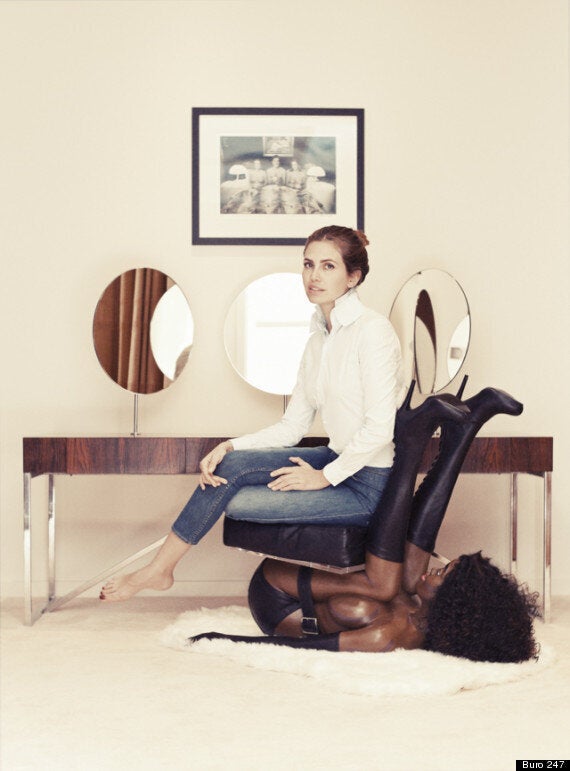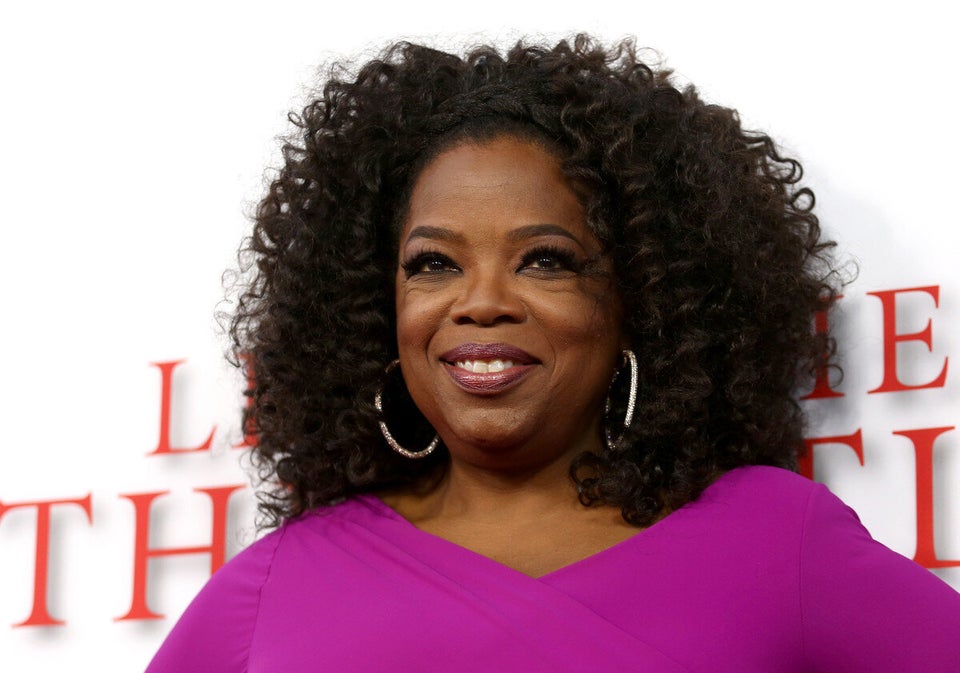Earlier this week, a photo surfaced online that featured Dasha Zhukova (a white, female fashion editor) sitting on top of a chair made to look like a semi-nude black woman, bound at her legs, and wearing knee-high stiletto boots.
My first instinct upon seeing said image was to point out its blatant racism -- how on earth could an editor (in this case, Miroslava Duma) think this was OK? How did she not think that people would be outraged? Right away, I shared the image (and a link to this story) on my Facebook page because I just couldn't believe what I'd seen.
Since sharing the photo, I decided to do a little more research. At first glance, I thought the black woman was a real person, but I soon realized it was a mannequin. Still, I felt the image was offensive. Then I went to read the editor's apology, which essentially wasn't an apology at all. Saying sorry for the fact that the public felt offended by the image just doesn't cut it with me. And I'd have to be a fool to believe that Duma didn't think for even a second that the photo (below) would come off as extremely offensive.

But one line in particular stuck out for me: "The chair in the photo should only be seen as a piece of art which was created by British Pop-Artist Allen Jones, and not as any form of racial discrimination. In our eyes everyone is equal. And we love everybody."
If the chair was art, why did I find it so offensive?
The next thing I did, being an art nerd, was look up the artist. To my surprise, I found that the chair in the photo wasn't actually by Allen Jones. (Side note to the editor: Next time you decide to publish a controversial image, and follow it up with a seemingly scheduled apology, get your facts straight.)
The controversial piece of furniture is in fact by a Norwegian artist named Bjarne Melgaard and within its art context, it's a direct reference to the work by Jones (simply titled, "Chair") from 1969. As I continued to look into the works of art -- both Jones' original and Melgaard's parody -- I came to realize that the chairs, in and of themselves, were not racist. However, in the context of the now-infamous photo, the chair takes on a completely different meaning.
In an article on Complex magazine's website, Leigh Silver states:
"The problem may not be the chair itself, but the fact that Zhukova, a privileged white woman, is sitting on a completely powerless black woman. As a stand-alone work of art, the chair becomes a satire on art history. As a piece of furniture, it means something entirely different -- something much more offensive. Whoever decided to plop Zhukova on Melgaard's chair should be fired."
I couldn't have said it any better myself. Once I looked at the sculptures as art, my perspective changed, but that doesn't mean I think the photo is in any way acceptable. As art, the human furniture pieces speak to the power structures put in place by society, and as the artist himself states, they "exist to destabilize and unhinge our hardened and crusty notions of race and sex and power."
As a literal chair, the piece just brings to mind ideas of white supremacy and dominance by the caucasian race. It also raises questions like: Why did she have to sit on the chair of the black woman? What would we say if she was sitting on a chair of a white woman? And what if a black woman were sitting atop a white woman?
All the hoopla surrounding this fashion controversy just kept bringing to mind all of the other instances of racism in the industry -- the numerous counts of blackface, the white-washing of coloured women, and alternatively, the covering up of coloured skin -- these things happen way too much for us to believe they're coincidental anymore.
Since when did the fashion world become so racist? It's almost as though these fashion editors do it on purpose, just to get people talking. But as someone who loves fashion and art, I often find myself conflicted.
ALSO ON HUFFPOST:
